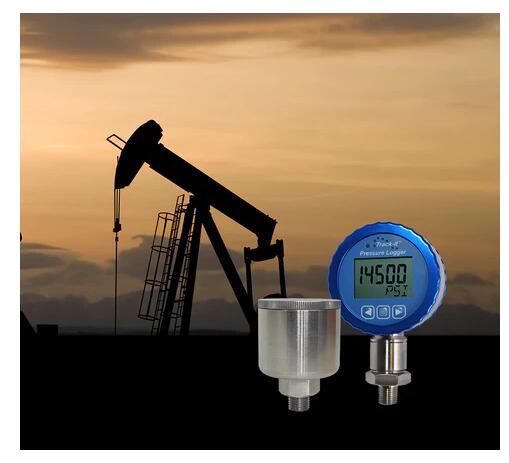A new mandate set forth by the California Department of Conservation requires that all onshore oil well operators who utilize injection wells in their process must ensure that injection pressures are continuously recorded at a minimum of 1 sample per minute using a device with 1% accuracy or better:
Well-specific injection pressure shall be continuously recorded that a well is approved for injection by the Division, regardless of whether it occurs. An operator may satisfy this requirement by recording injection pressure from a header or manifold if approved by the Division. This is based on showing that the operator can calculate well-specific injection pressures from the recorded data. An operator may suspend continuous injection pressure recording for a well while the well is disconnected from all injection lines.

What is the purpose of an injection well?
Injection wells can perform several functions. In aging wells or wells with diminishing production, injection wells can provide pressurized assistance by “pushing” any remaining oil into the well area for extraction. Additionally, there are always additional undesirable constituents within the crude oil extracted during any oil drilling operation, including; water, brine, hazardous gases, or other carbon-heavy waste. Injection wells use pressurized water or brine (which has been separated from the extracted oil) to reinject these constituents back into the ground for permanent carbon or hazardous material sequestration or to replace water that has been removed from the local geology. Pressure monitoring helps to ensure well casing integrity and prevent contamination of drinking water aquifers. Figure 1 (below) shows the water reinjection process.




